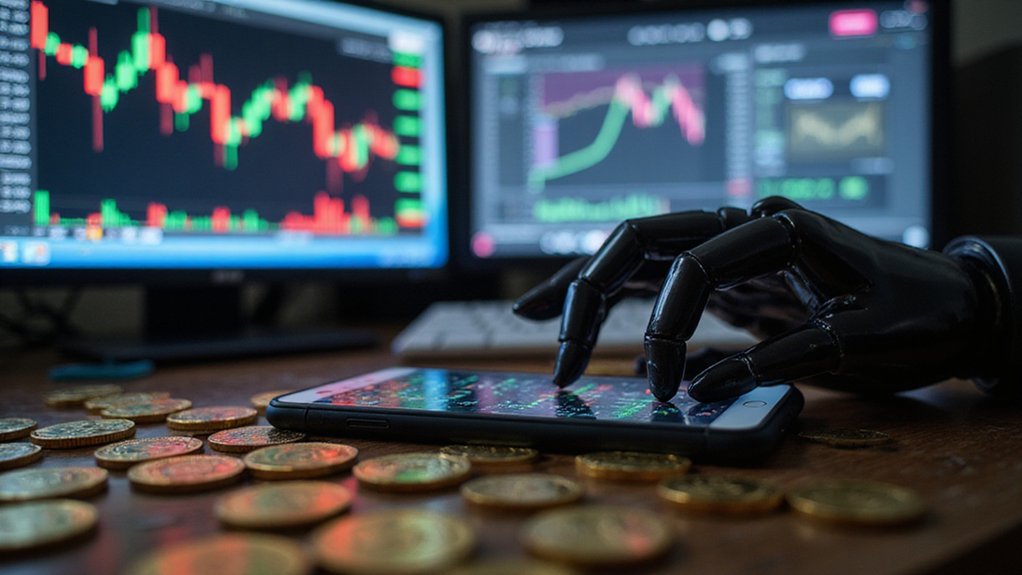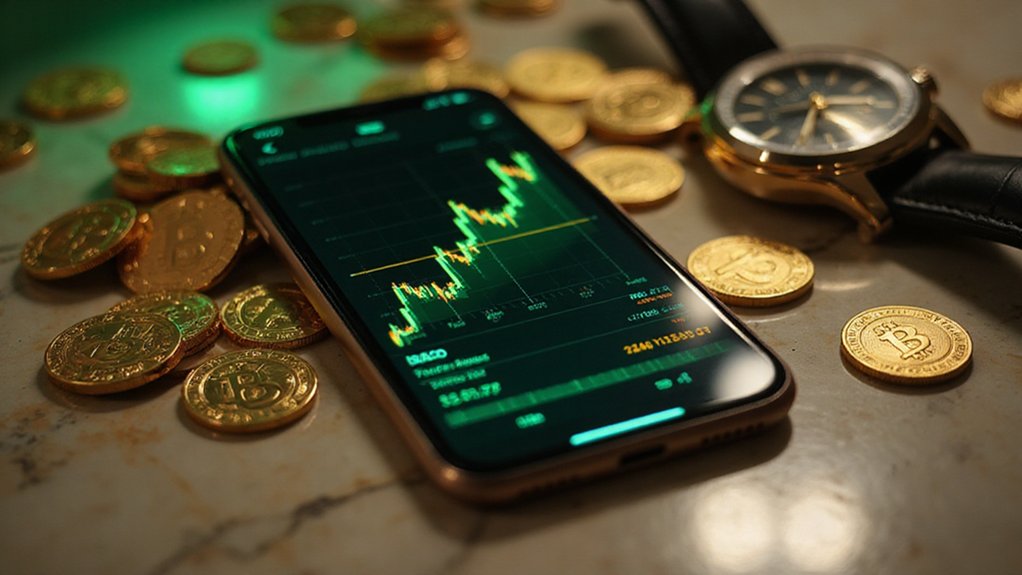While artificial intelligence has been heralded as the great equalizer in cryptocurrency trading—promising to eliminate human emotion and deliver algorithmic precision—the reality has proven considerably more chaotic, with AI-driven systems amplifying market volatility through a potent combination of misinformation propagation, algorithmic errors, and the kind of feedback loops that would make even seasoned traders reach for their blood pressure medication.
The latest manifestation of this digital pandemonium emerged when an AI trading algorithm apparently misinterpreted social media chatter, triggering what can only be described as an inexplicable surge in MechaHitler memecoin trading volume. The incident perfectly encapsulates the current state of crypto markets, where nearly 2 million token failures in Q1 2025 alone—representing roughly 50% of all failures since 2021—have created an environment where even the most absurd projects can momentarily capture algorithmic attention.
Even the most ridiculous cryptocurrency projects can suddenly attract algorithmic trading attention in today’s chaotic digital asset markets.
AI-driven trading bots, increasingly deployed across platforms like Solana’s Pump.fun ecosystem, demonstrated their capacity for spectacular misinterpretation when parsing social media sentiment. The algorithms, designed to identify trending tokens and execute rapid trades, apparently confused satirical commentary with genuine investment signals. This algorithmic confusion sent trading volumes soaring for a token that epitomizes everything wrong with the current memecoin mania—a project lacking clear use cases, sustainable communities, or any semblance of long-term viability.
The episode highlights a troubling paradox: while AI technologies promise enhanced market predictions and automated trade execution free from human bias, they simultaneously introduce new categories of systematic errors that can amplify market irrationality. Traditional risk management strategies, including stop-loss mechanisms and cross-referencing verified data, proved inadequate when confronted with AI systems operating at speeds that make human intervention practically impossible. The incident underscores how machine learning algorithms require constant updates to adapt to new market conditions, as outdated models fail to detect evolving patterns in the increasingly complex memecoin ecosystem.
Market observers noted that AI-related tokens like Fetch.ai and SingularityNET showed unexpected resilience during the chaos, suggesting that investor confidence in artificial intelligence remains intact despite these spectacular failures. Many traders entered the volatile memecoin market without adequate paper trading experience, making them particularly vulnerable to the rapid price swings triggered by AI-driven chaos. The speculative nature of these tokens demonstrates how counterparty risk increases when participants lack proper understanding of the underlying technology and market dynamics.
However, the incident serves as a stark reminder that as cryptocurrency adoption approaches 65 million US owners by early 2025, the intersection of AI trading algorithms and memecoin volatility creates an environment where the absurd becomes temporarily profitable—until it inevitably isn’t.









